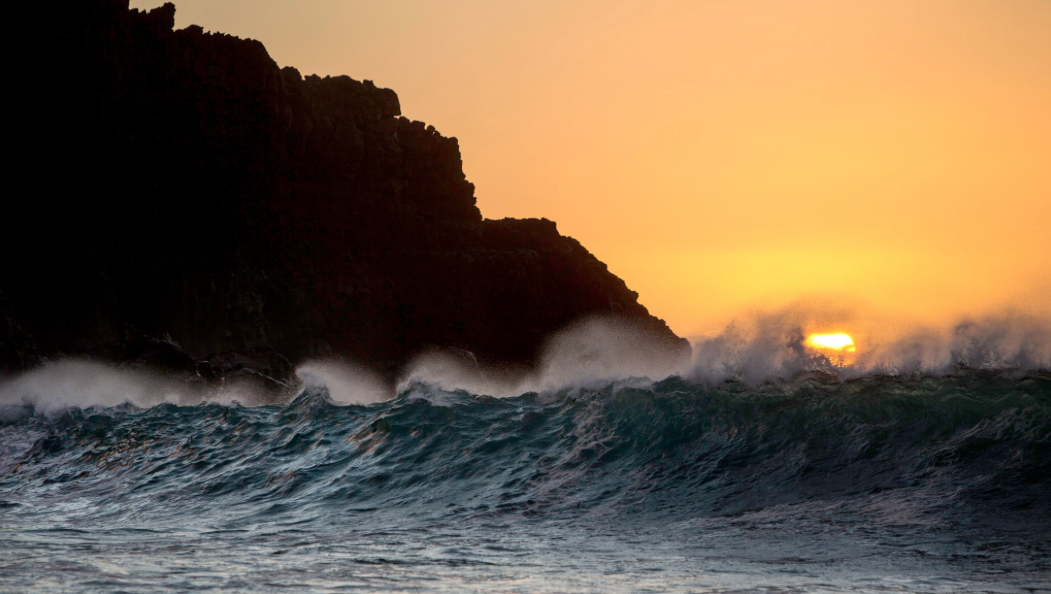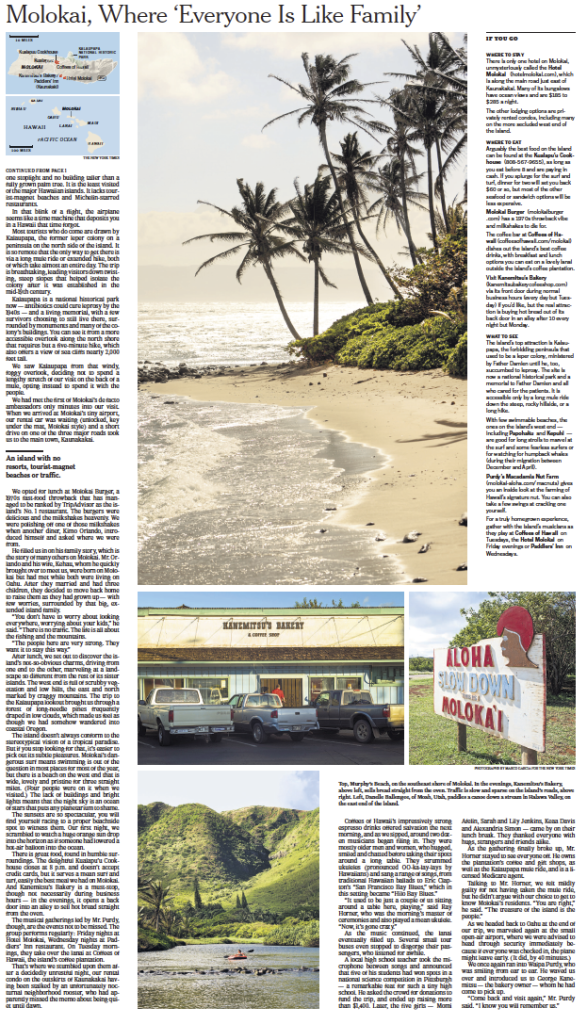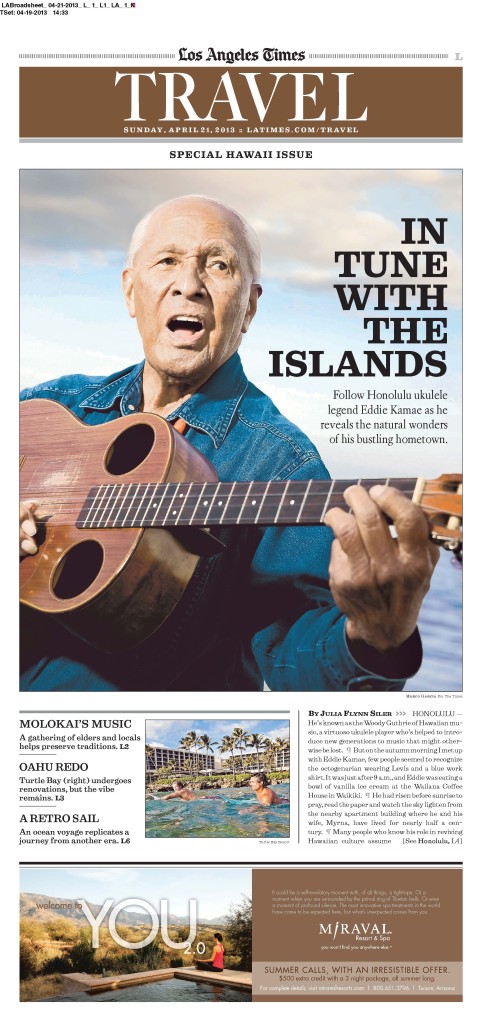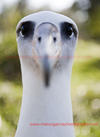As our jet slipped over the dark Pacific Ocean, silvery moonlight fell upon the clouds casting shapeless shadows all across the sea. Land seem to spring up as the jet continued making me feel as if we had never escaped the land. Theroux described the Pacific Ocean “like outerspace…a sort of galaxy,” islands, like stars, dotting and endless sky. And although I was only looking at shadows, I felt as if millions of uninhabited islands waited to be discovered, only to vanish as night turned away.
Our military plane was bound for Midway Atoll, about 1250 miles west of Honolulu, for the 70th anniversary of the Battle of Midway. The US military extended an invitation to fly media, veterans, and various personnel to the remote island to attend the memorial celebration. We had to arrive before sunrise on Midway as the atoll is now a wildlife refuge. Endangered albatrosses nest on Midway and a mid-air collision with a large adult could potentially cause major damage to an airplane .
The Battle of Midway is a historic David vs. Goliath struggle where a smaller, out-gunned and less experienced US navy took on the vastly superior Japanese and defeated them, thus thwarting their naval aggression in the Pacific and placing Japan in a defensive role the rest of World War II. At the cost of hundreds of lives, the US sunk four Japanese aircraft carriers. Much of the destruction caused within minutes when, by chance, Japanese pilots were caught rearming and refueling as US dive bombers attacked. Three carriers were sunk almost immediately and a fourth one sunk the next day. Historically, the Battle of Midway turned the tide and helped the US gain an advantage in the war.
Although Midway Atoll was regarded by the Japanese as a critical base to conquer, the Japanese only bombed the island but never landed troops. Many US attack planes took off from the island but were quickly shot down by the more experienced Japanese aviators in their state-of-the-art fighter planes. The memorial ceremony recognizes the significance of the battle and remembers those who died.
Because of the designation of the Northwest Hawaiian Island being a wildlife refuge, we had to arrive and depart in darkness. As we exited the plane, I noticed these oddly shaped shadows wiggling and moving all around the airport. I couldn’t make out what my ears and nose were telling me but as the sun began to rise, I quickly noticed these shapes were actually gooney chicks. THOUSANDS of albatrosses were everywhere. Of course there were none on the runway but just about anywhere else there were thousands upon thousands. It was absolutely amazing yet frightening at the same time. I felt as if I was on a Moreau-esque island where humans were cannibalized by giant, fluffy birds. Only the birds knew the secret, and I, clearly did not.
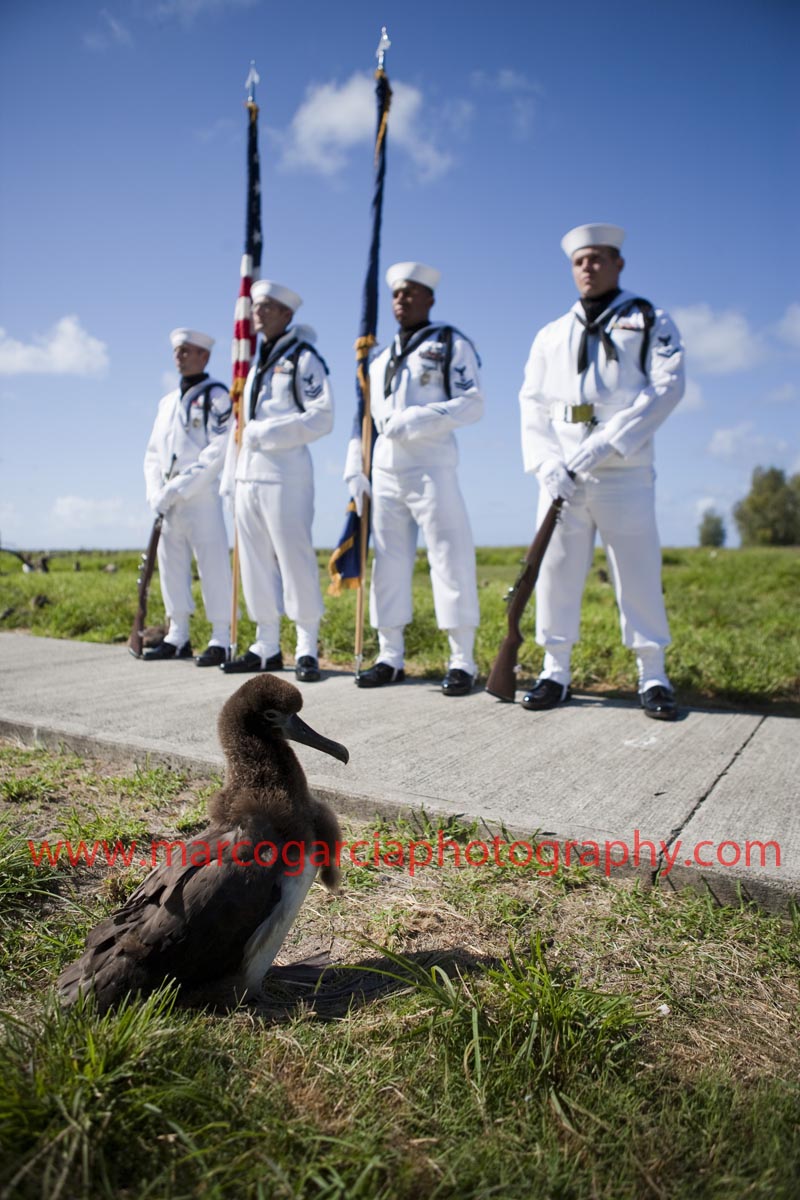
Midway’s buildings spanned generations of architecture and structures. From early 1900’s structures housing workers who laid trans-Pacific telegraph cable, historic war-time hangars and command posts, to post war dormitories buildings which housed military and civilians living on the small island. Well known Detroit architect Albert Kahn also designed many of the officer’s homes on the islands lending an air of designed civility to the remote outpost in the Pacific. However, its the feathered architecture the is the most noticeable as you wander the island. These squawking, ill-tempered fledglings seem more gooney than bright, but have managed to outpace the more clever humans.
As the ceremony marks 70 years, only two Battle of Midway veterans were able to attend the ceremony. Age and time take their toll on many of the vets and many believe World War II memorials will no longer have any veterans in attendance in the next few years. The ceremony recognizes the land battle as well as the sea battle that played out just a few miles away from the atoll. Midway was bombed and sustained heavy damage from Japanese attacks but the real fight was out in the sea. The two vets, both who were 90-years-old, were stationed on the island and recalled, with clarity, their roles in the attacks. One complained he wasn’t able to fire off his gun because they were ordered to be underground when the first wave of the Japanese attack occurred and the other nonagenarian counted more than 30 airplanes flying over his position. Though he fiddled with the straps, he proudly wore his WWII dough boy helmet that kept him safe during the Japanese bombardment.
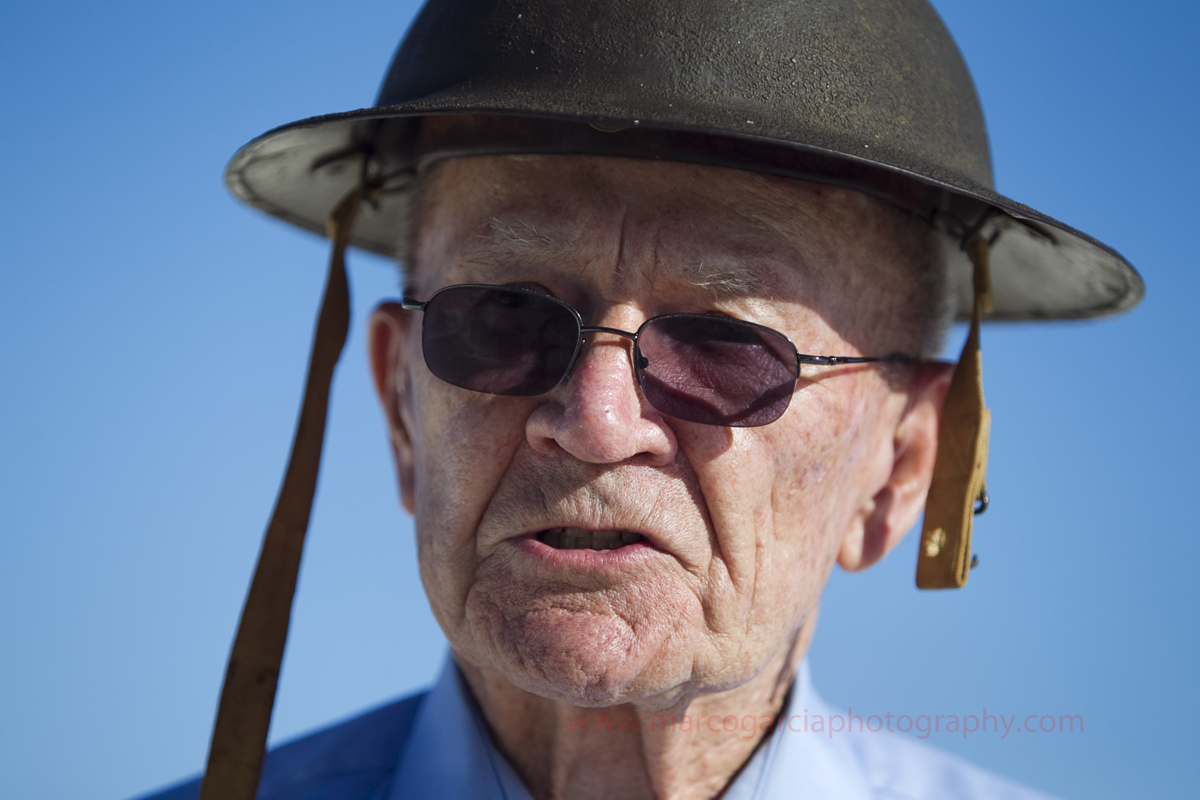
The military band played, the color guard marched, and tears flowed as the Star Spangled Banner played. Speeches were given about valor, heroes, and those who gave their lives. Flowers were laid and a final salute and Taps ended the recognition of a fight so long ago. At the end of the memorial, the attendees, including a couple of dozen Thai workers who live and maintain the island, thanked the men for their sacrifices. Both vets, along with two others who were on later stationed on Midway after the battle, stumbled with their emotions as they remembered their lives from so long ago.
Afterwards, we were allowed to explore the small island and found much of it was in disrepair and abandoned. Not much you can do if a bunch of endangered feathered-friends have planted themselves in every nook and cranny. More so, the island lacks the money to help restore this remote outpost. No unwelcome visitors are allowed hence there is no outside tourist dollars to grease the economy. There are no resorts, no dive companies, no Roberts tourists bus clogging the roads, no Hilo Hattie, no Starbucks, no fake natives dancing the hula. It is most likely the atoll will continue to function with the help of the US government but its status as a wildlife refuge makes it a bit tough to maintain. Only birds, the Thais, a Federal cop, and a bunch of volunteers cleaning the beaches of the world’s sea garbage.
The large runway on Midway is extremely vital to trans-pacific air travel as large jets can land on the atoll. The importance of the trans-pacific runway was recognized in 2011 when a flight from HNL To Osaka was diverted to Midway after a major crack was noticed in the windshield of the cockpit. Close to 400 people were onboard the Delta 747. However, many who maintain the island are complaining about the condition of the seawall that protects the runway from strong winter waves. Without proper federal funding, the runway could be in jeopardy.
Life on this remote place must be harsh but the people who work and call this place home clearly are not itching to leave. A small convenience store selling food, beer, and other necessities is stocked from imported goods. A bowling alley and movie house give some a way to avoid rock fever and I was told a few of the Thai workers formed a rock band and play Thai rock every so often. I asked about satellite TV and oddly they get lots of Thai TV but when you’re out in the middle of nowhere, does the NYSE really matter? There’s a bar overlooking a gorgeous sea and a restaurant with a rival view. The Thais are in charge of the food and although they made a super mild curry with little spice (so the farang can eat it) the islanders are not wanting of a good time.
There is a beautiful white sand beach beach of pure white sands that words and pictures cannot clearly describe. North Beach, as its called, is idyllic. Perfect. Few words could describe its colors and feel. A beach people spend their lives trying to find. I hate to use this word but it was pure paradise. But to have this stunning beauty just isn’t enough at times. Midway’s remoteness makes you feel as if you are lost in the middle of nowhere.
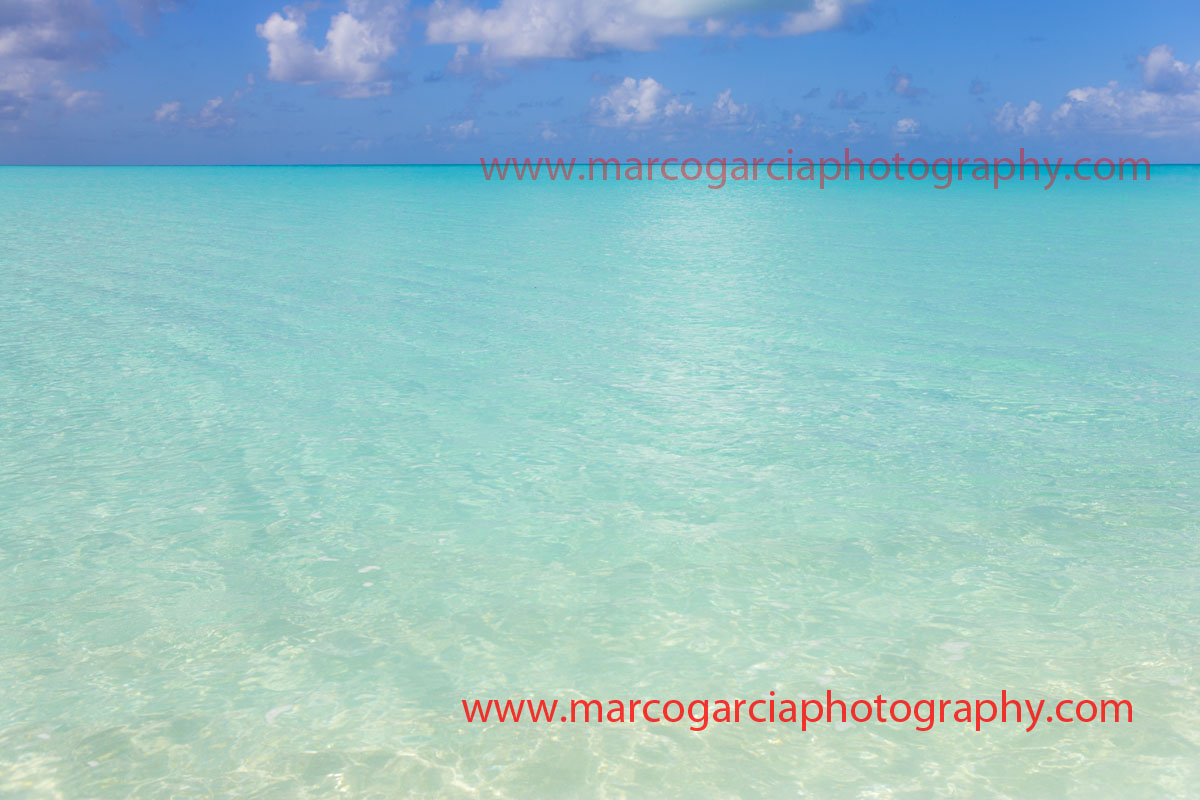
But as our trip came to and end, I though of the story one of the veterans told as he talked about the struggles on the island during the war. In full battle gear, the soldiers humped on the beautiful North beach, making brilliantly white sand into sandbags to use as military fortifications. With few breaks and little water, not to mention the sultry heat and sun, working in this tropical island was hell. No one handed them a maitai and a beach chair. Soldiering has a way of ruining a perfectly good paradise. And as I wondered how tough life must have been, I began to think more of the young boys who had never seen a beach. The young man who had never been on a ship. Sailors who abandoned ship or of the aviators who were shot down and lost at sea. I thought of both the Americans and the Japanese. I thought about that sable blue water, that endless sea. That blistering blue sky knowing they’d never be found. Lost.
I recalled George Gay, a US pilot shot down during the attack on the Japanese carriers. He survived the crash but as he floated in the Pacific for many hours, he was one of the sole witnesses to the great battle of the Pacific. He watched two civil nations kill their best and the brightest, and mostly likely the bravest, that each had to offer. I’ve seen clips of young Japanese sailors floating in the ocean after their ships sunk. I wondered what their last words were…their last thoughts.
Like we landed, we escaped in darkness off Midway, avoiding the large albatross that now own the island. As I looked down at the ocean as we flew back to Honolulu, I thought about all the lost souls who gave their lives to their country, whether they were willing or not, and whether they were doing it for the right reasons. It isn’t the 19 year old swabby who’s creating the foreign policy but its always them who ends up in the brink.
